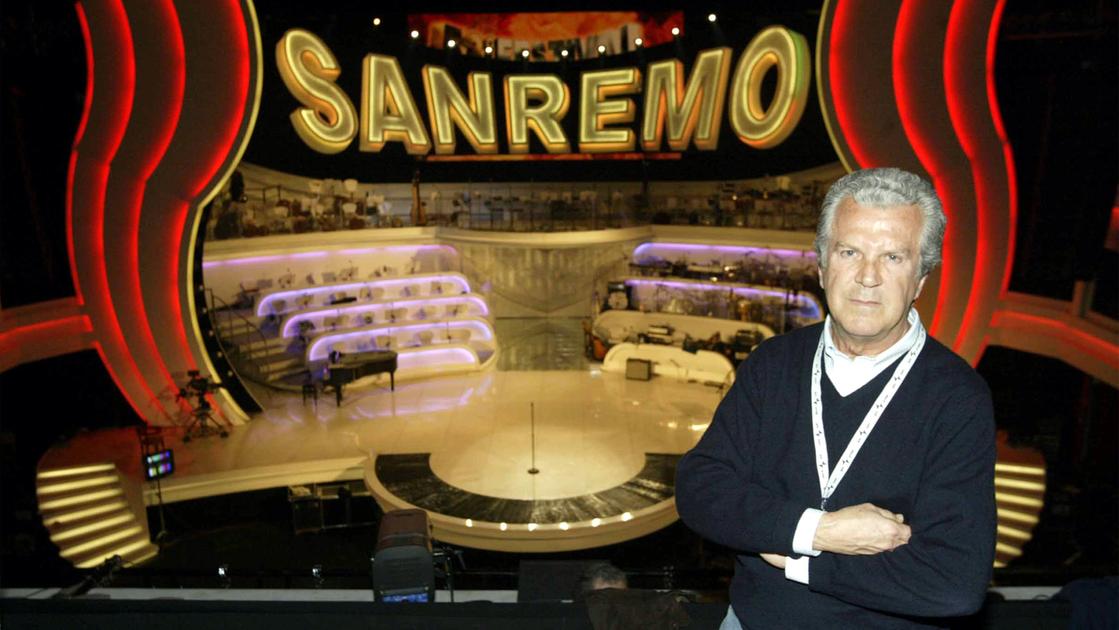Sanremo, 7 February 2024 – After the success of the first evening, spectators are ready for the second appointment with the Sanremo Festival 2024: many guests and performances planned, with 15 artists who will return to the stage to sing their song a second time. There will also be interlude moments between one competitor and another the delivery of the lifetime achievement award to Gaetano Castelliwhich celebrates this year sixty years of activity. Born in Rome in 1938is a set designer whose work has been inextricably linked to the Festival: he has in fact designed the Ariston stage for 22 editionsbetween 1987 and 2024. In recent years he has been helped in the creation of the scenography by daughter Maria Chiara. Let’s look at some of the most iconic works of Castelli.
2003: Ariston turns white
We are get used to it at Festival from dark shades, which highlight LED walls, lights and stage in the small setting of the Ariston Theatre. Yet, in 2003, Castelli tried to achieve the same effect by doing the opposite, thus drawing a white stage. To tower over it a ‘starry sky’ dark in which the letters of the word ‘Sanremo’ stood out like stars.
Gaetano Castelli and the Sanremo 2003 stage (Ansa)
2009: an illusionist stage
If six years earlier he had played with colors, in 2009 Castelli has played with shapes: a small and historic theater like the Ariston, to which often the stage has to ‘adapt’ in the composition, it is transformed by a game of structures that make the scenography roundabout. The television effect is spectacular.
The Sanremo 2009 stage (Ansa)
2011: scenography as a representation of the presenter
The 2011 edition saw the return of Gaetano Castelli, who wanted to design the stage pay homage – rather curiously – the artistic director and host of the edition, Gianni Morandi. The spiral that dominates the scenography not only represents the “unwinding of the road of music”, but also the passion for running of the Bolognese singer.
Sanremo 2011: a scenography that represents… Gianni Morandi (Ansa)
Learn more:
Gianni Morandi guest at Sanremo 2024: “I like it, the songs are beautiful”
2012: feeling small in front of the Sanremo stage
The scenography of 2012 certainly is one of the absolute masterpieces of Castelli: the“ark of music” it is a structure mammoth20 meters long and 9 meters high, weighing well 20 tons, capable of moving by changing shape. Represents a spaceshipand because of the weight it made gods necessary reinforcement works of Ariston.
The ‘spaceship’ of 2012 (Ansa)
2021: Another spaceship, headed into the future
The ‘spatial’ theme of 2012 returns to the Ariston nine years later: the stage is seen as a spaceship that takes you to the futurealso as a message for the ripresa post-Covid. It was the only edition of the Festival behind closed doors due to the pandemic emergency: a true Sin that the spectators were not able to see this scenography live.
Sanremo: the “spaceship towards a better future” scenography
Learn more:
Scenography Sanremo 2024, because the central staircase is no longer there
